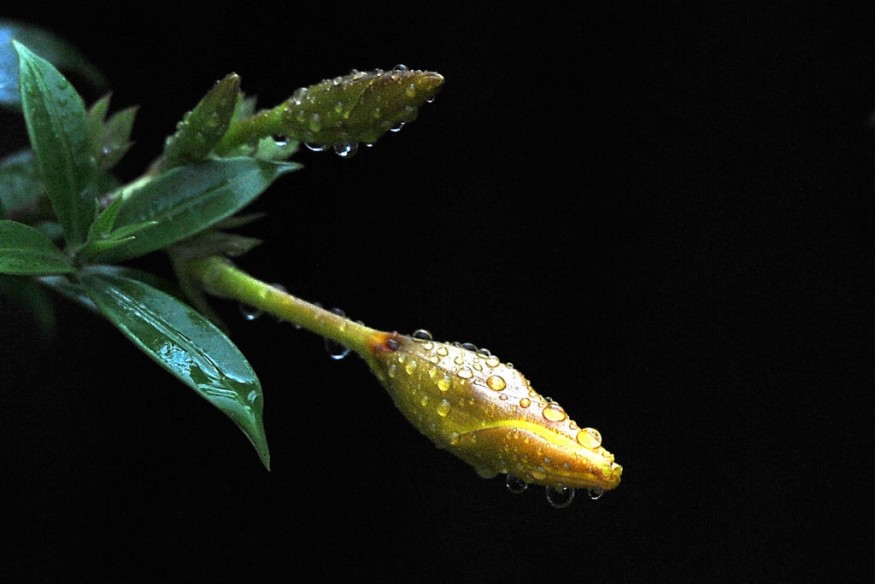Charles Darwin has always been fascinated by the origin of flowering plants as he described their sudden appearance in the fossil record as an "abominable mystery." But now, a 130-million-year-old flower bud was recently found in China that could be a transitional stage that finally solves Darwin's enigma.
MailOnline reported that the fossilized flower bud includes a leafy branch that physically connects the fruit and flower bud, proving that angiosperms were already present during the Jurassic period, about 201.3 million to 145 million years ago. Angiosperms are vascular plants that contain seeds inside flowers.

Charles Darwin's 'Abominable Mystery'
According to an article by Professor Richard Buggs of the Queen Mary University of London in Nature Ecology and Evolution website, Darwin considered the "abominable mystery" of flowering plants as the sudden appearance and diversification of monocotyledons in the carboniferous era and dicotyledons in the Cretaceous.
The mystery of the origins of flowers further deepened because of some discrepancies between the recent fossil found in China and the much older time than scientists previously estimated using genome data.
Flowering plants only recently appeared on a geological timescale before they swiftly diversified into different colors, shapes, and forms, according to MailOnline. The fossilized flowers were expected to solve Darwin's dilemma, but analysis showed that these fossils were not real angiosperms.
More than 140 years have passed since Darwin presented his conundrum on the origin of flowering plants, and yet it remained a mystery. Studies based on phylogenetic analyses of modern plats showed that angiosperms could have originated earlier than their fossil record. Could the fossilized flower bud found in China finally solve this "abominable mystery?"
Oldest Fossilized Flower Bud Found
Flowering plants are the most abundant and diverse group of plants in the modern ecosystem, including almost all crips that sustain the livelihood of humans. Science Daily reported that the fossil record shows this pattern was likely established over the past 80 to 100 million years ago, a time before they became dominant.
The international team of scientists from China, Switzerland, Sweden, and the UK analyzed the fossilized flower bud they recently found and confirmed that flowering plants originated during the Jurassic times or even earlier, which is millions of years earlier than the oldest undisputed fossil evidence.
Researchers noted that the lack of older fossils might be due to the low probability of fossilization and the rarity of the population of early flowering plants. After all, these plants once lived in the shadows of ferns and gymnosperms that dominated ancient ecosystems. It was like how mammals have lived in hiding during the age of dinosaurs before becoming a dominant component of today's animal kingdom.
Study co-author Professor Philip Donoghue from the University of Bristol in the UK said that the study is to provide a strong motivation for hunting a Jurassic flowering plant, an artifact of genome-based analyses that could satisfy the interpretation of fossil record.
This study was made possible using complex modeling that employs a large global database of fossil occurrence compiled from over 700 publications that account for more than 15,000 fossil records of several groups of plants.
They published the full findings of their study, titled "Fossil Data Support a Pre-cretaceous Origin of Flowering Plants," in the Nature Ecology & Evolution.
RELATED ARTICLE: Water Lily Genome, A Window to Angiosperm Evolution
Check out for more news and information on Evolution in Science Times.











